Lima
by
Isaak Tirion
Detail
Date of first edition: 1769
Date of this map: 1769
Dimensions (not including margins): 18,5 x 26,3 cm
Condition: excellent. Sharp copper engraving printed on strong paper. Old colouring. Wide margins.
Condition rating: A+
Price (without VAT, possibly to be added): €200,00 (FYI +/- $222,00 / £178,00)
Unless otherwise specifically stated on this map page, we charge the following expedition costs in euro (unfortunatelly, gone up with Covid, but still too low in reality!):
– Benelux: 40 euro
– Rest of Europe: 60 euro
– Rest of the World: 100 euro
In stock
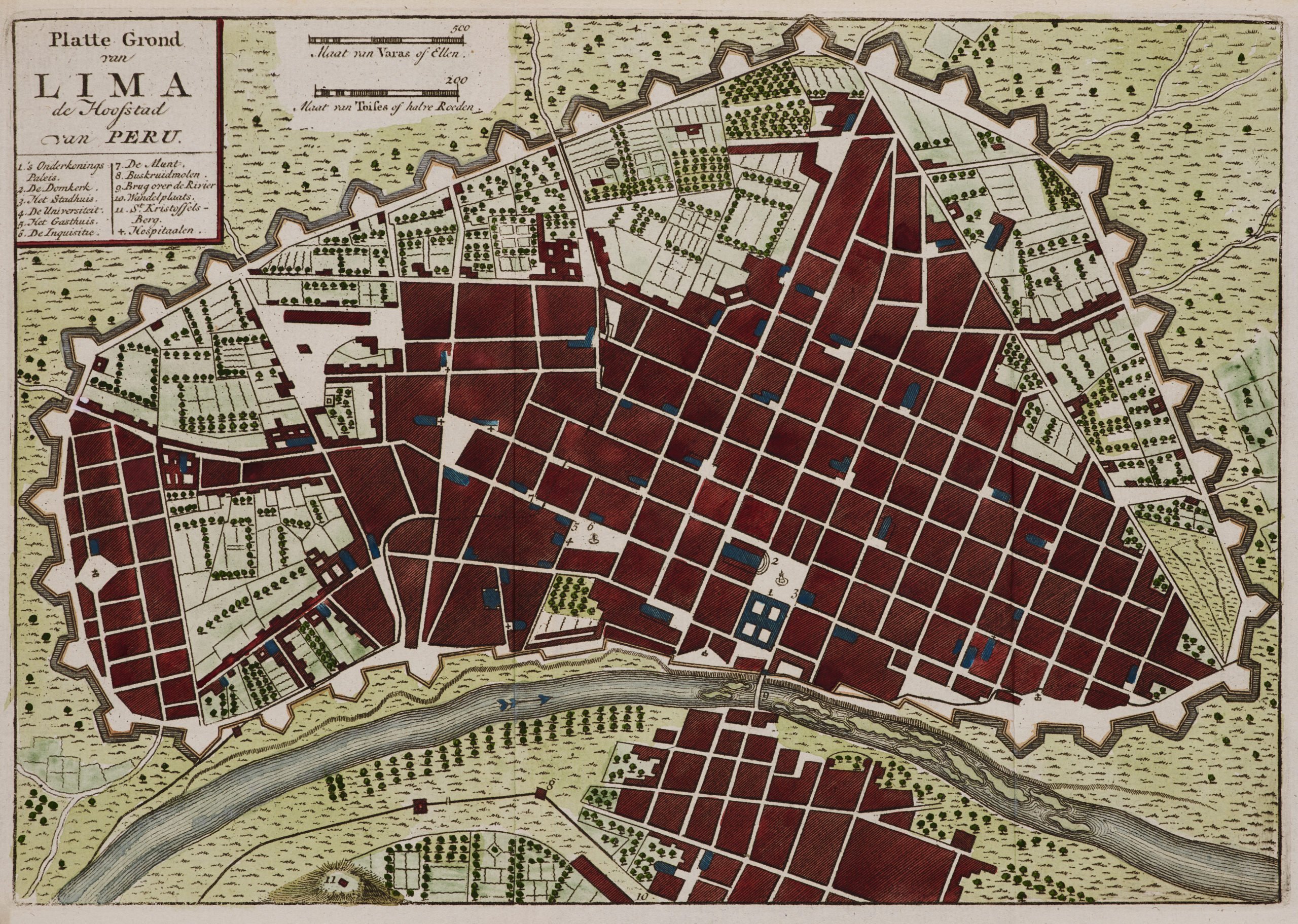
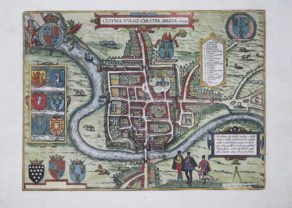
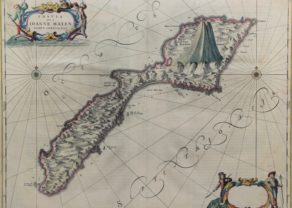
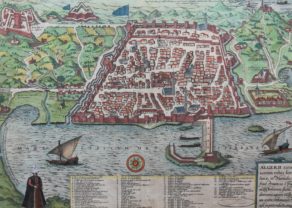
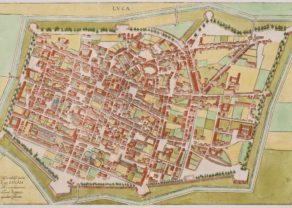
Tirion visists Lima
This is a c. 1767 Isaak Tirion map of Lima, Peru. The map depicts the old city center situated along the Rímac River. Encircled by walls and other fortifications, Lima, as stated in the map’s title, was the capital of the Viceroyalty of Peru and had been since 1543. The city walls were built between 1684 and 1687, to guard against attack from pirates and privateers who roamed the Pacific Ocean. Eleven locations are numerically identified in and around the city, with an index located in the upper left corner, just below the title. Some of these locations include the university, cathedral, and city hall. One additional symbol is included in the index, a cross, which indicates the locations of hospitals in the city, of which there are several. While the streets may be unlabeled, the map appears to indicate that not only the city’s municipal and residential buildings merited encircling within walls, but also some of the fields and orchards as well.
Isaak Tirion (1705 – 1765) was a Dutch publisher in Amsterdam. Born in Utrecht, Tirion quickly rose to prominence by publishing pamphlets, historical works, and most importantly, maps and atlases. He produced several atlases and Dutch town plans. His maps are mainly based on those of Guillaume de l’Isle. Tirion eventually relocated his printing house to the prestigious Kalverstraat. In his long career, he produced eight atlases in multiple editions, some of which were published posthumously until about 1784.